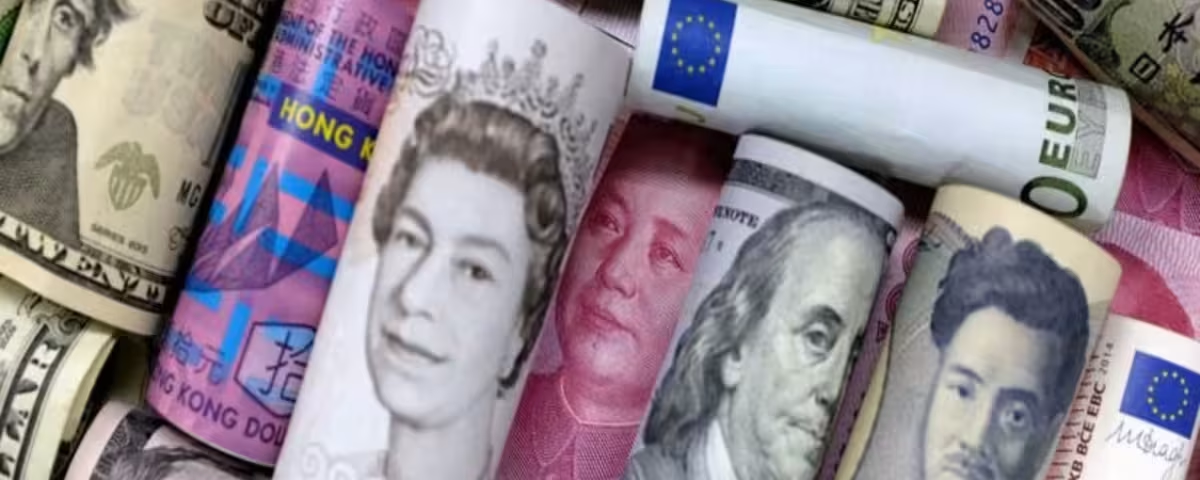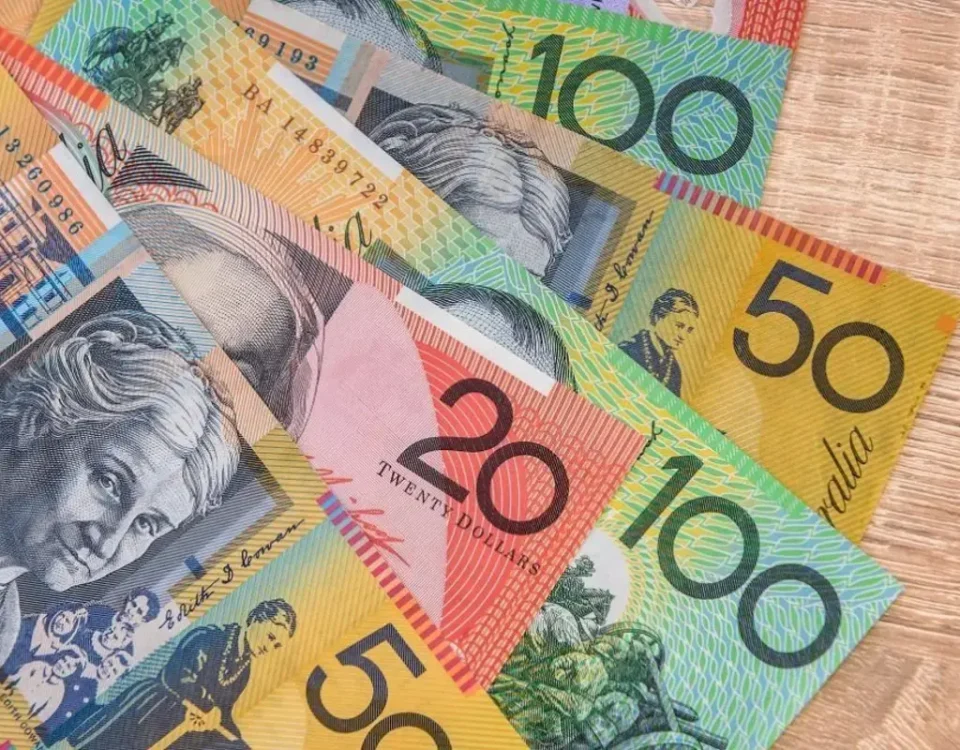
Canada TSX Records Its Longest Weekly Winning Streak in Over Three Years
23/04/2024
BofA Predicts Limited Growth for USD/CAD Given Anticipated BoC Rate Cuts
24/04/2024USD Stabilizes Against Major Currencies, Yen Struggles Despite Warning from Japanese Officials
In the recent trading session in London, the U.S. dollar saw a modest recovery, climbing 0.2% to 105.84 on the dollar index after dropping to a low of 105.59, the weakest point since April 12. This rebound comes after notable declines against the euro and the British pound on Tuesday, while the Japanese yen continues to languish near a 34-year trough despite increased intervention alerts from Japan.
Tuesday’s market movements were influenced by strong economic indicators from Europe, contrasting with slower growth in U.S. business activities. The euro fell slightly by 0.1% to $1.0688 following a 0.4% increase the previous day, spurred by accelerated business activities in the eurozone, marking the quickest expansion in almost a year, driven largely by a resurgence in the service sector.
The British pound also saw a reduction of 0.1% to $1.2431, after a significant rise of 0.8% in the earlier session. This surge was supported by reports of rapid growth in UK business activities, the fastest in nearly a year. Huw Pill, the Chief Economist at the Bank of England, suggested that any potential cuts to interest rates are not imminent.
In the U.S., business activity cooled off in April, hitting a four-month low due to diminishing demand and a slight easing in inflation rates. Francesco Pesole, an FX strategist at ING, advised caution against adopting a bearish stance based solely on these softer activity surveys, noting that more concrete data has typically bolstered the dollar recently.
Attention is now turning towards the upcoming release of the Fed’s preferred inflation gauge, the PCE deflator, this Friday. Market predictions currently indicate a 73% likelihood of a U.S. interest rate reduction by September, as per the CME’s FedWatch tool.
Meanwhile, despite expectations that Japan’s central bank may indicate a willingness to tighten monetary policy later this year, its cautious, data-driven approach has so far done little to strengthen the yen. According to Nordea’s Cekov, substantial measures such as rate cuts by the Fed or an increase in Japanese rates are necessary to stabilize the yen effectively.
In other currency news, the Australian dollar rose by 0.3% to $0.6506, reaching a high of $0.6530 for the first time since April 12. This increase was fueled by unexpectedly strong consumer price data, leading analysts to revise their expectations regarding potential rate cuts by the Reserve Bank of Australia in the near future.
Link:



